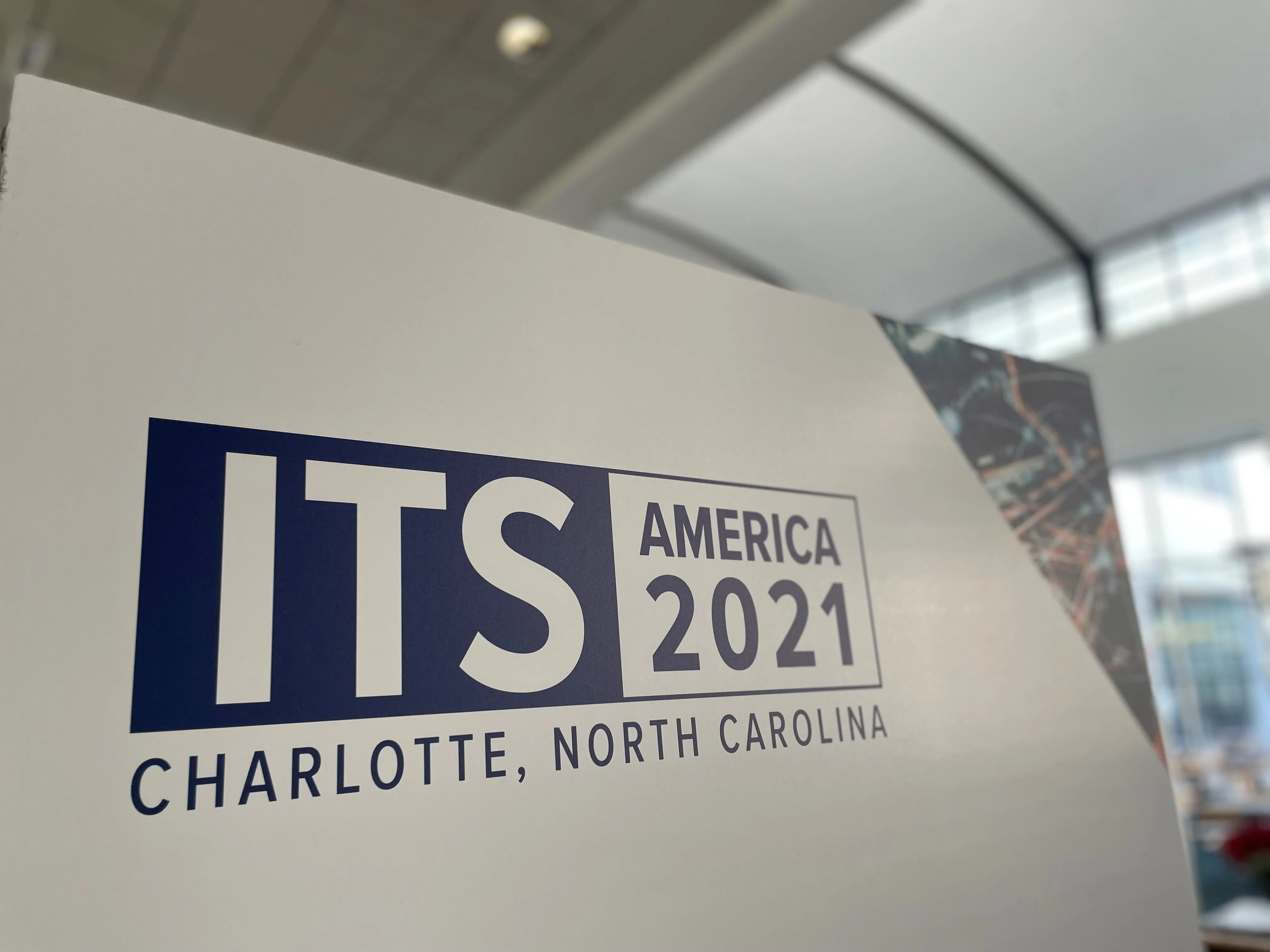Sensys Traffic has begun 2015 with two major repeat orders from customers in Sweden and Qatar.
As part of its Vision Zero transport plan, the Swedish Transport Administration has placed an order for installation equipment for the country’s automatic traffic safety control (ATC) speed camera system. The order, which is worth US$246,000, follows a US$11.4 million order for ATC systems received in November 2014.
In addition, Sensys has received an additional order for traffic safety systems worth US$618,
January 19, 2015
Read time: 2 mins
As part of its Vision Zero transport plan, the
In addition, Sensys has received an additional order for traffic safety systems worth US$618,000 from a customer in Qatar, in addition to the breakthrough order worth US$742,000 announced earlier in the year, following a conscious long-term market investment in the region.
The Swedish ATC system uses Sensys’s non-intrusive fixed speed enforcement system, the Speed Safety System (SSS), based on the RS242 multi-tracking radar. This wide-beam radar unit is capable of tracking multiple vehicles simultaneously across several lanes up to 150 metres wide. Vehicles moving within the radar lobe are tracked and their movements analysed, with speed determined via Doppler and checked by distance over time.
“It is pleasing to see that we are now starting to reap the benefits of our long-term investments in markets in the Middle East. Once again this order confirms the strength of our tailored solutions, based on the flexibility of our leading technology and a robust project implementation organisation. By establishing ourselves in the region we increase opportunities for closer dialogue with our customers, enabling us to adapt our offering,” comments Sensys CEO Johan Frilund.










